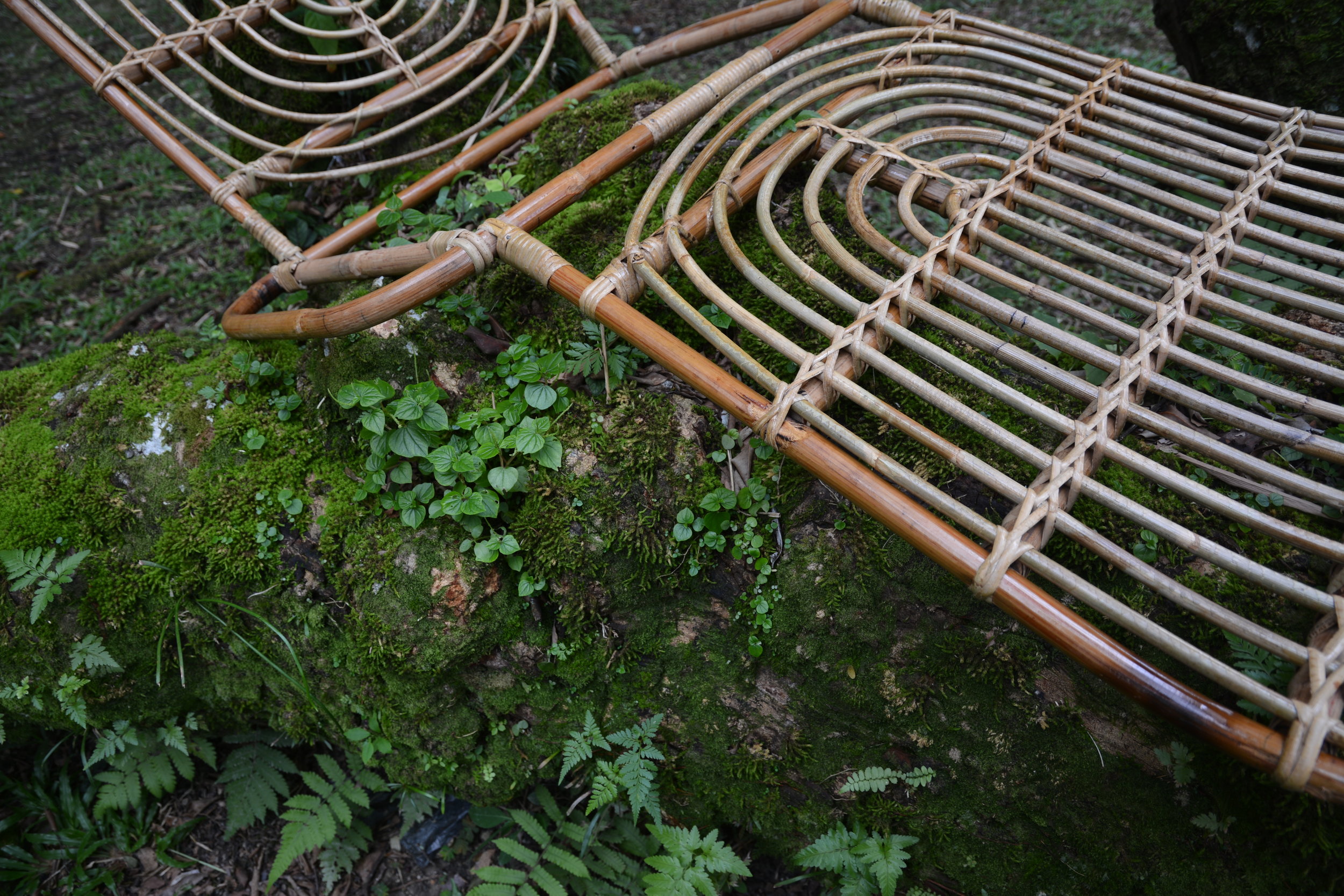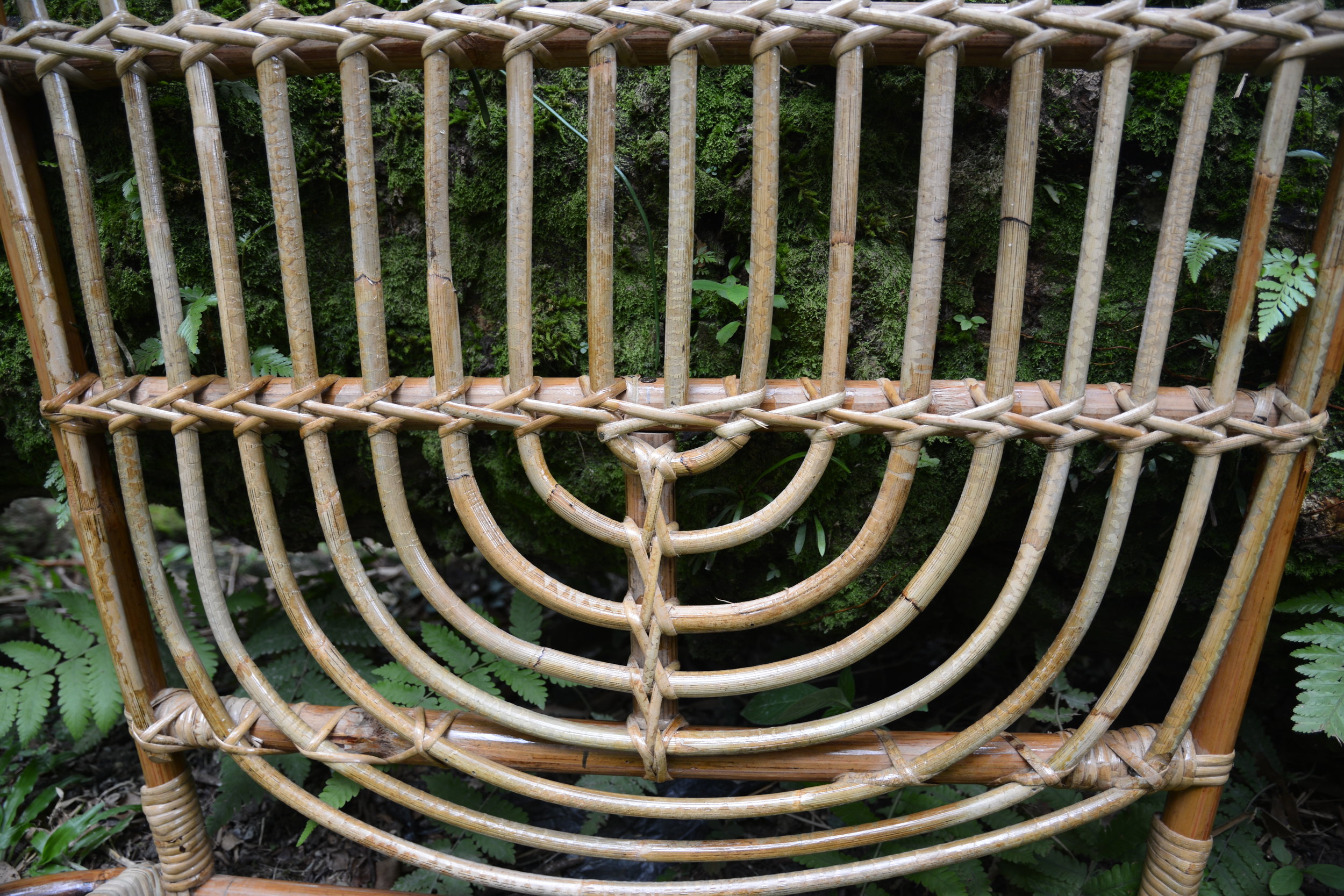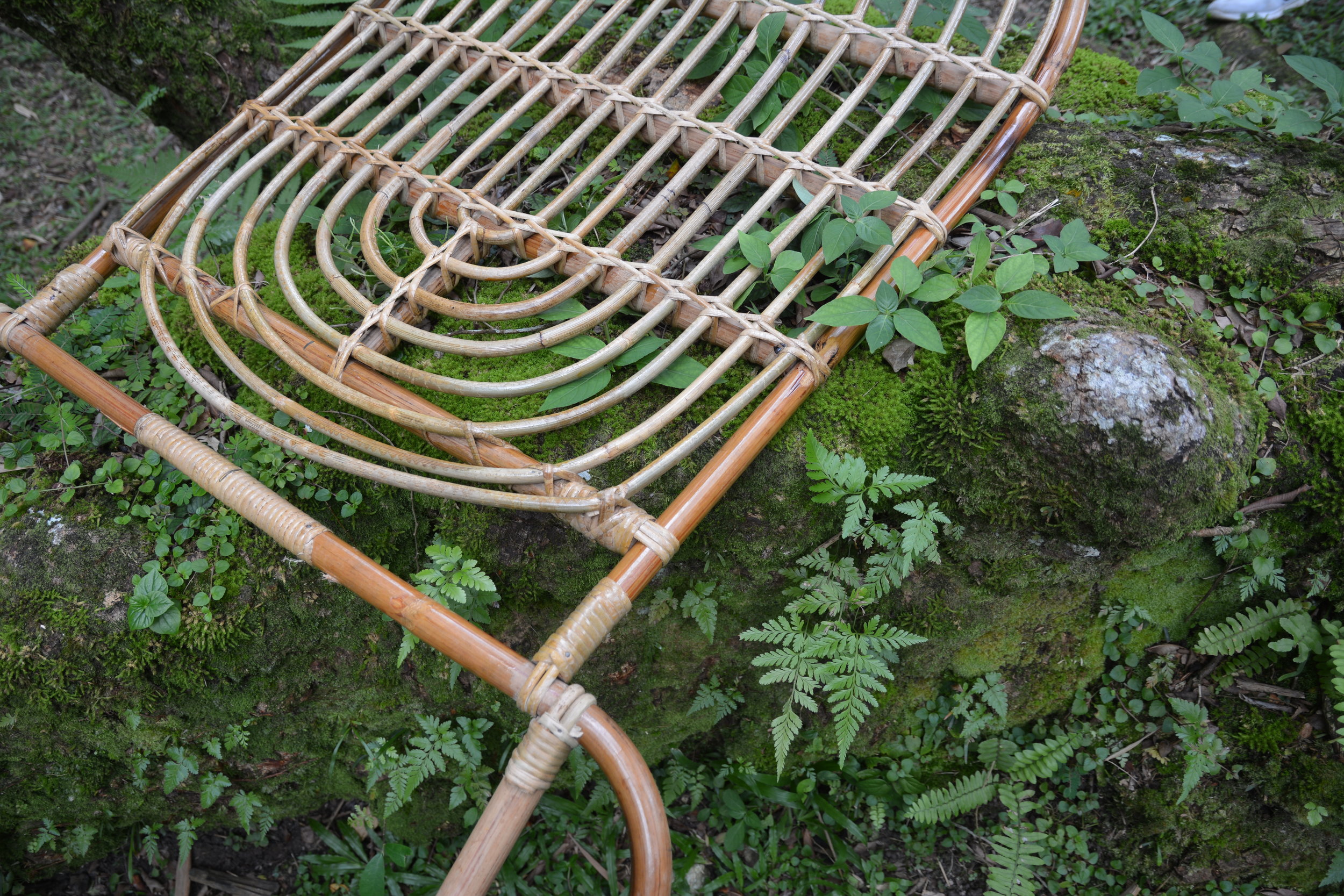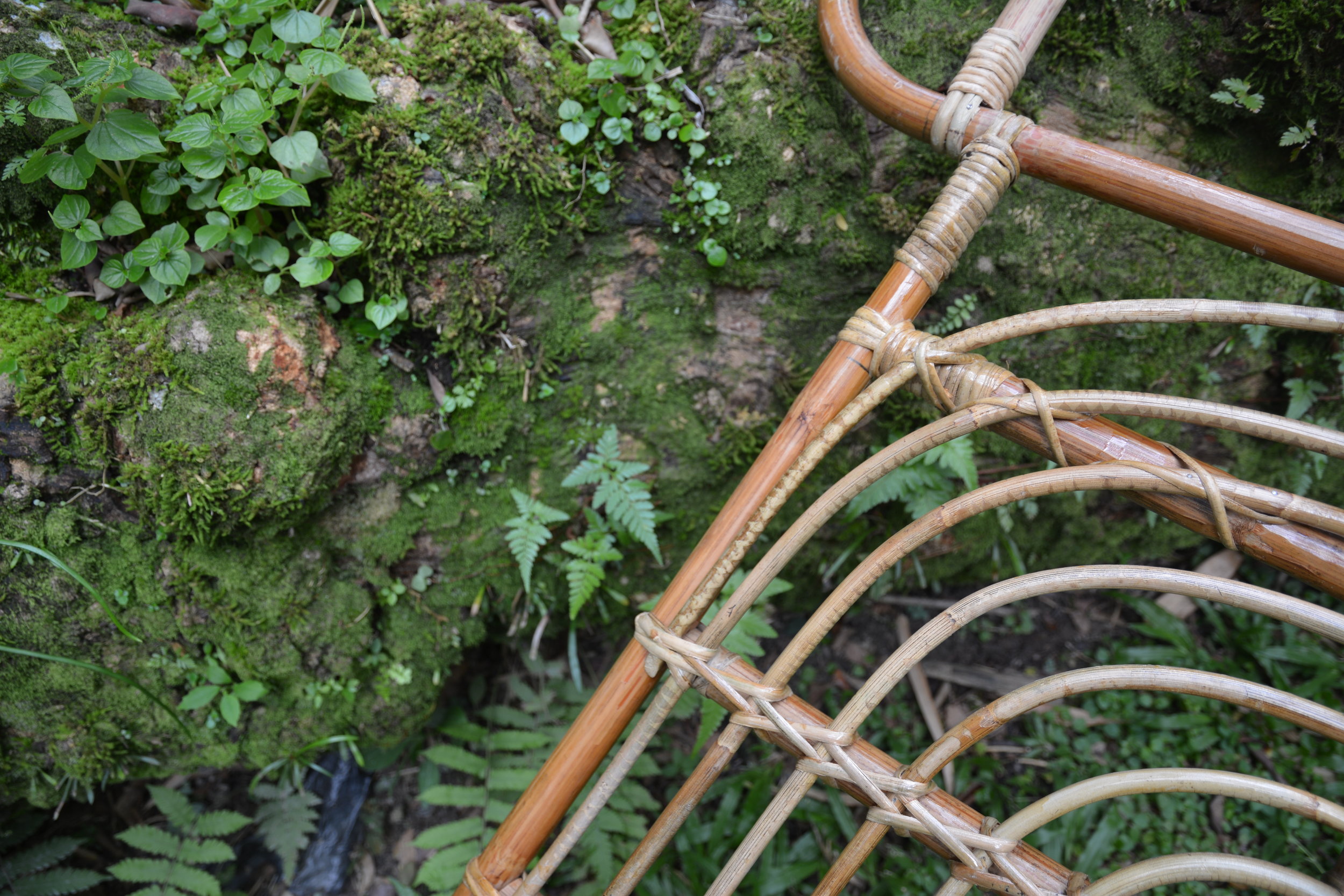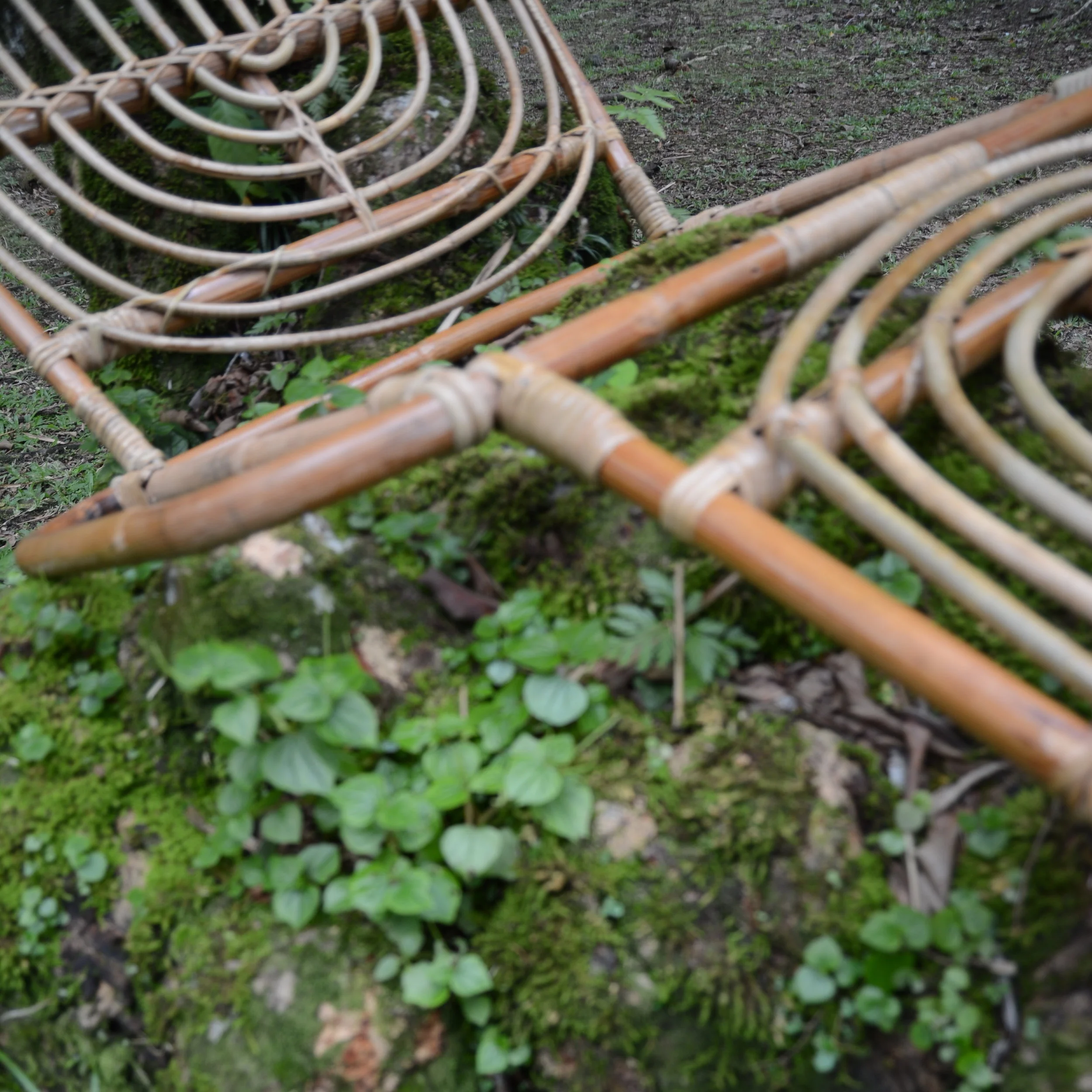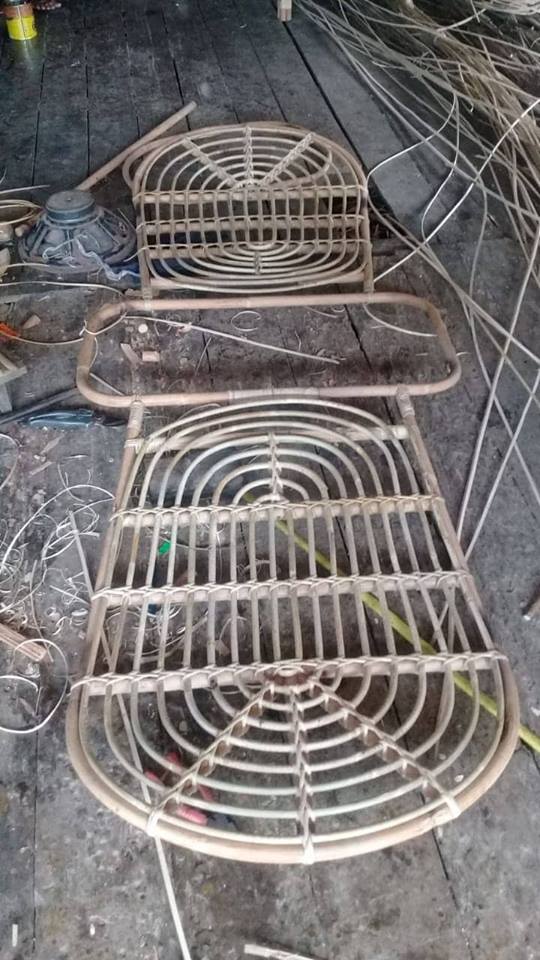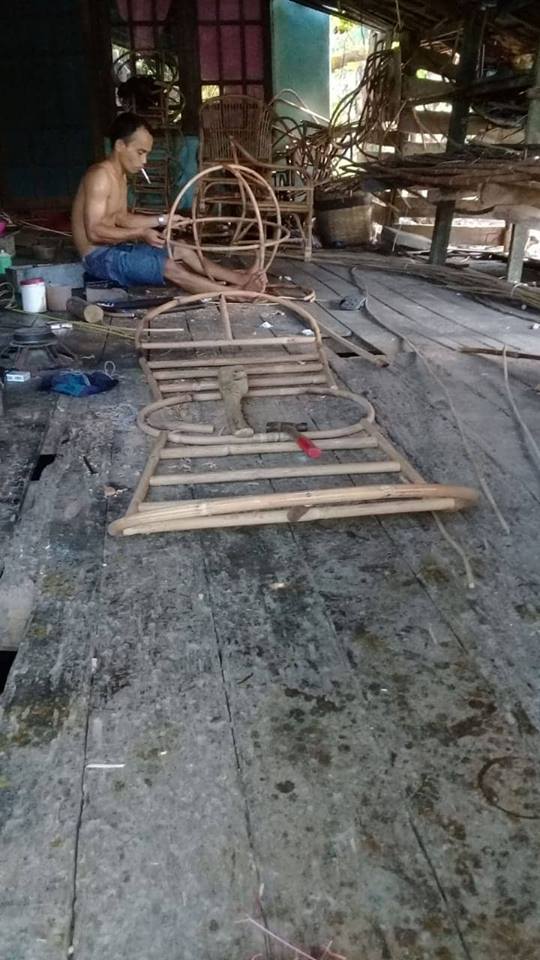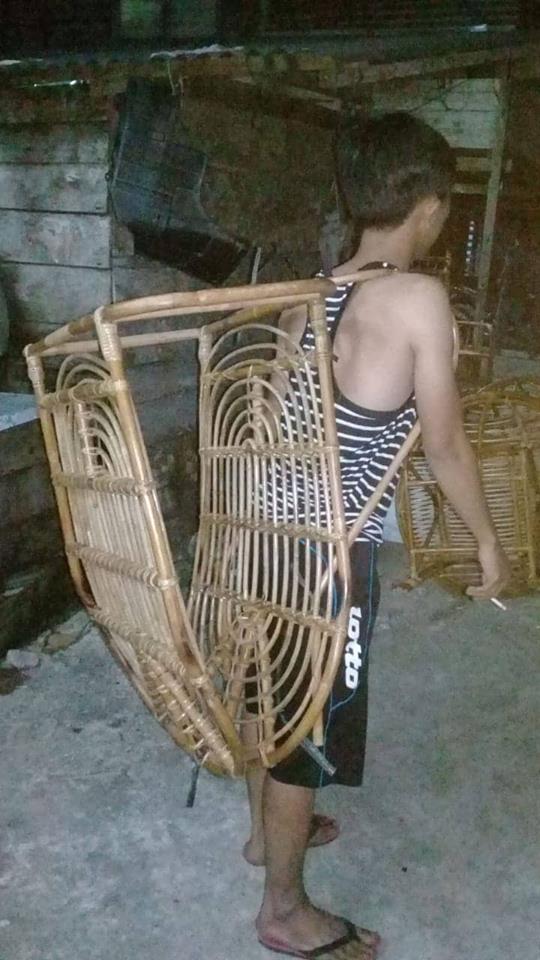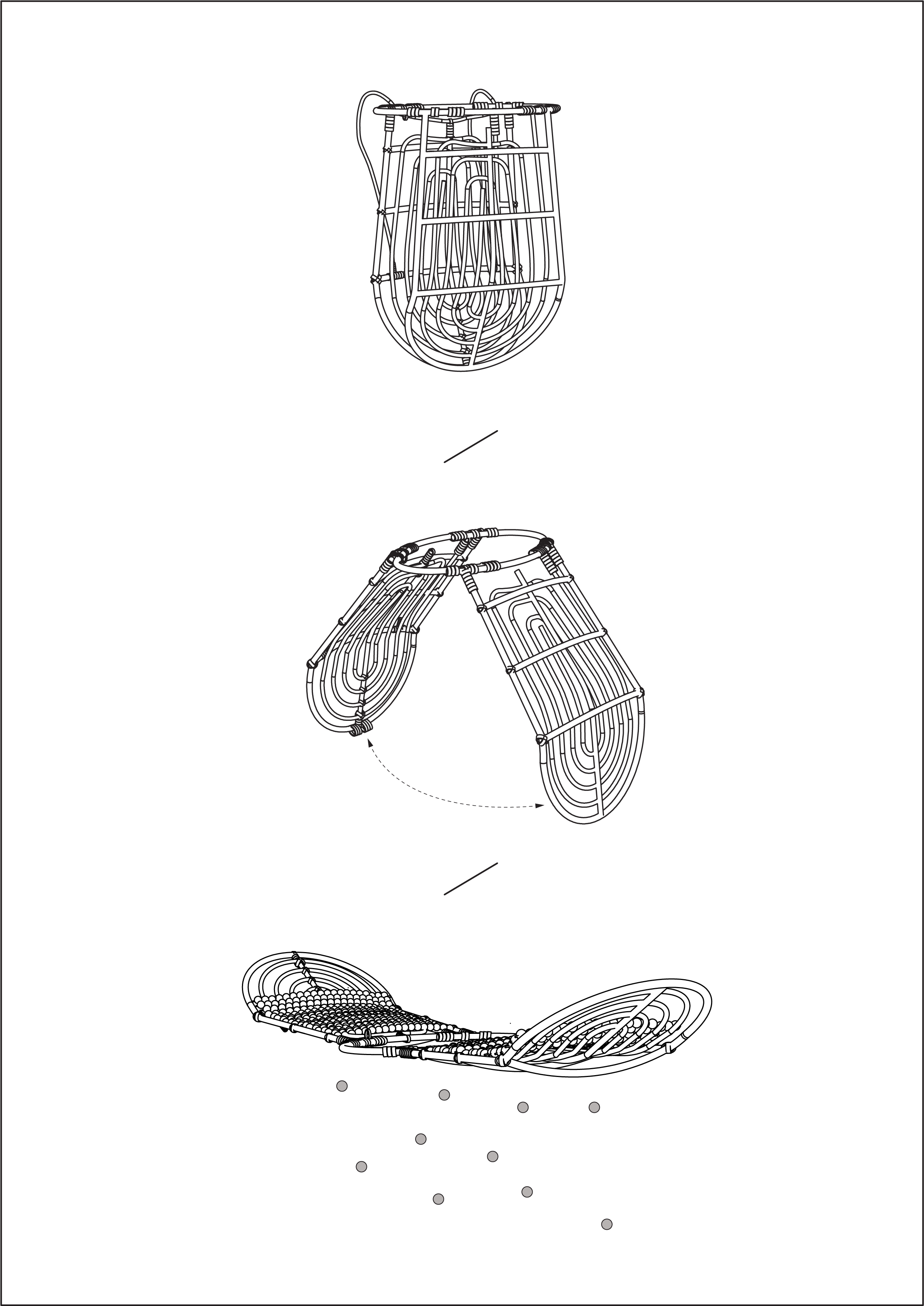Ritual Furnishing
Designer WEAVE ARTISAN SOCIETY represented by Julian Huang
Description
The aim of the project on the one hand is to innovate and collaborate with local Bornean crafts and craftsmen, but on the other, this project intends to re-establish our connection with nature. Therefore the basket was designed to transform and allow the wearer to further engage with nature where traditional baskets could not. The final design was inspired by a visit to the border town of Sirikin and its craft market, where I came across rattan folding chairs. These chairs gave me the inspiration for recreating the basket not only using weaved rattan, but structural rattan that is bent and curved to create a rigid structure. Furthermore, by integrating the joint mechanism of the folding chair, it enabled the basket to transform into a portaledge (suspended bed). The idea behind creating the portaledge came from my previous experience travelling across Borneo, where spending time at night in the forest dramatically heightened the multi-sensory experience of reconnecting with nature.
For the weaving surface, instead of the traditional method of employing traditional split rattan strips, this design uses strung rattan seeds to create the surface. There are two reasons behind this design. Firstly, using the rattan seeds instead of rattan strips is intended to address the decreasing production of rattan material, which is something I’ve discovered when talking with local artisans and craftsmen; secondly, using the seeds pays homage to the indigenous practise of growing rattan after their ‘swidden’ farming practice, where small locales of the rainforest are used for farming and agriculture in cyclic rotations. Interestingly, rattan is planted at the end of the rotation, where it is used in order to rehabilitate the ‘damaged’ forest. This translated into the idea of integrating rattan seeds into the basket surface, where the seeds are designed to fall off as the wearer interacts with the basket or the portaledge, thus encouraging more rattan to grow in the forest.
Application of Materials
I am particularly interested in the relationship between rattan and the forest, where it’s grown naturally. In order for rattan to thrive, it relies on more mature trees as a structural support as well as a skeleton for the rattan to ‘climb’. As a result, rattan develops a ‘symbiotic’ relationship with the rainforest where it serves as a protection mechanism for the forest, helping to reduce deforestation and improving the ecosystem of rainforest habitats.
As a response to this symbiotic relationship between rattan and the forest, the main material of this piece of ‘ritual furnishing’ is made with locally sourced rattan, between 25-30mm width for the structural frame and 15-20mm for the frame bracing. For the basket surface, the weaving uses rattan seeds also sourced from local markets. For the suspension system, split rattan strips are braided together to form strong rattan cords so that it can support the portaledge and the user’s weight.
The Local Collaboration
I am collaborating with Mr. Wasadi, a rattan craftsman from Sembas in West Kalimantan, Indonesian Borneo. Finding a collaborator based in Kuching, where the artist program is based, proved challenging as local manufacturers and rattan traders were quite reluctant to share their craftsmen, which forced us to look beyond Kuching and Sarawak. Mr. Wasadi creates rattan furniture and sells them in the Serikin craft market, therefore we believe this collaboration can showcase the diversity of the artisan and craftsmen community in the cross border Bornean region.
